Updated radon map for Great Britain published
The UK Health Security Agency and BGS have published an updated radon potential map for Great Britain.
02/12/2022 By BGS Press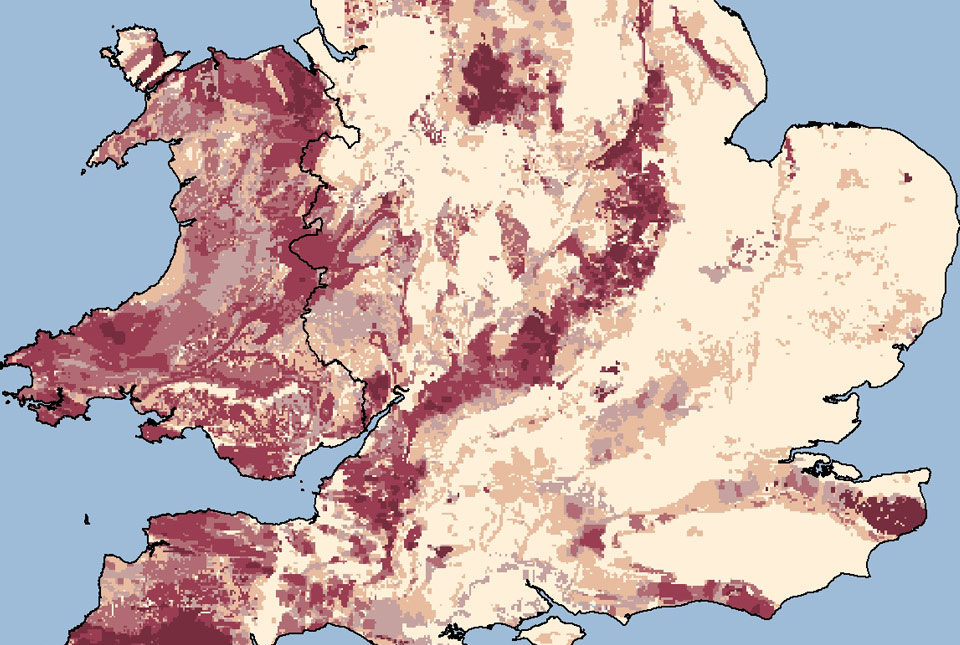
The update to the radon potential map of Great Britain, produced by the UK Health Security Agency (UKHSA) and BGS, is the first in over 10 years and provides an authoritative analysis of the likelihood of a building being in a ‘Radon Affected Area’ (an area with higher radon potential).
Radon (chemical symbol: Rn) is a colourless and odourless gas that 1100 lung cancer deaths per year are attributed to in the UK. The risk is highest among smokers and ex-smokers.
For most people, the risk of developing lung cancer from exposure to radon remains low and levels of radon have not increased across the UK. However, UKHSA advises you to test your home if you live or work in a Radon Affected Area. There are several methods of reducing high radon levels in buildings.
The latest update to the radon map, available to view on the UKradon website, is the product of years of new analysis and research, combining the latest geological mapping with one of the largest databases of in-home measurements ever compiled.
Whilst the vast majority of buildings remain outside Radon Affected Areas, this new map has refined our knowledge of areas where high radon levels are more likely to occur. The overall number of buildings with high radon levels remains the same.
The radon map allows local councils, national and regional governments, social and private landlords, private homeowners and employers to assess the radon risk in their properties. It is also used in building regulations to inform where radon preventative measures should be incorporated in new buildings.
While the vast majority of buildings remain outside Radon Affected Areas, if the property you own is in an affected area, it is important that you arrange for a test. If you live in private or social rented accommodation, speak to your landlord, who should organise a test for you to carry out.
Employers can use this map to help undertake a suitable and sufficient risk assessment and take appropriate action where necessary.
The updated maps provide information that allows property owners, landlords and employers to make informed decisions on the benefits of undertaking radon measurements and potential remediation work.
Tracy Gooding, principal radiation protection scientist at UKHSA.
Radon occurs in all rocks and soils. Using a revised statistical approach to our mapping of geology across Great Britain has enabled us to model where this geohazard is more likely to be present in buildings.
This map is a significant update to the previously published version and will help to raise awareness about this geohazard.
Russell Lawley, BGS Principal Geologist.
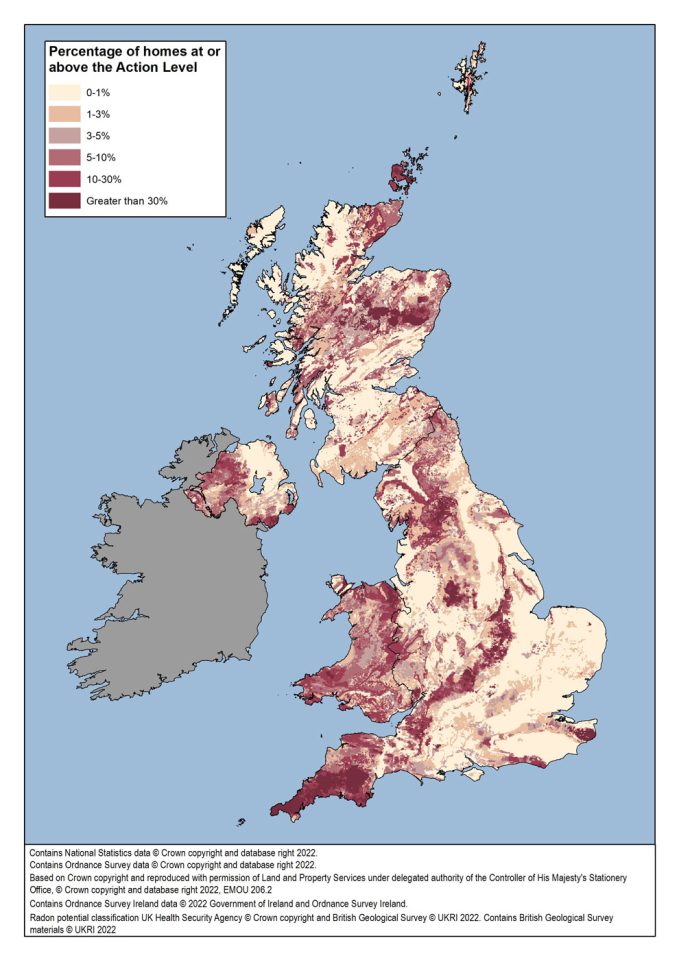
Map showing the full radon potential dataset for the UK.
UKHSA has published guidance for Radon Affected Areas. Further information on techniques available to lower elevated levels of radon are also available.
Radon data available through BGS
- A GIS compatible version of the indicative atlas is available to download free of charge on the BGS website.
- The definitive atlas is available at 25m resolution and can be licensed for use within a GIS. Further information on costs and limitations of use are also available on the Radon Potential dataset webpage.
- Individual property probabilities can be found either from a radon risk report or by obtaining a GeoReport. For large property portfolios a property risk assessment can be undertaken. Further information is available on the UKradon.org website.
- Radon is a colourless, odourless radioactive gas. It is formed by the radioactive decay of the small amounts of uranium that occur in all rocks and soils.
- Radon is measured in Becquerels per cubic metre of air (Bq m-3)
- The average radon level in homes across the UK is 20 Bq m-3; UKHSA recommends that householders should take action to reduce radon levels if their home has a reading of 200 Bq m-3 or more (the radon action level)
- When people take steps to solve the problem, UKHSA recommends they try to reduce radon levels to below 100 Bq m-3
- We combine the results of radon measurements in homes with knowledge of the underlying geology and use statistical analysis to estimate the percentage of homes likely to be at or above the radon action level on that geological unit. In a few areas, where we have insufficient results to accomplish this analysis, an assessment of the underlying geology is made by BGS and the radon risk derived from geology only
- The maps have been updated for the first time since 2007 in England and Wales, and in Scotland for the first time since 2011
- The map for Northern Ireland was last updated in 2015 and has therefore not been updated again on this occasion.
- GIS compatible version of the indicative atlas
- Definitive atlas can be licensed for use within a GIS
Relative topics
Related news
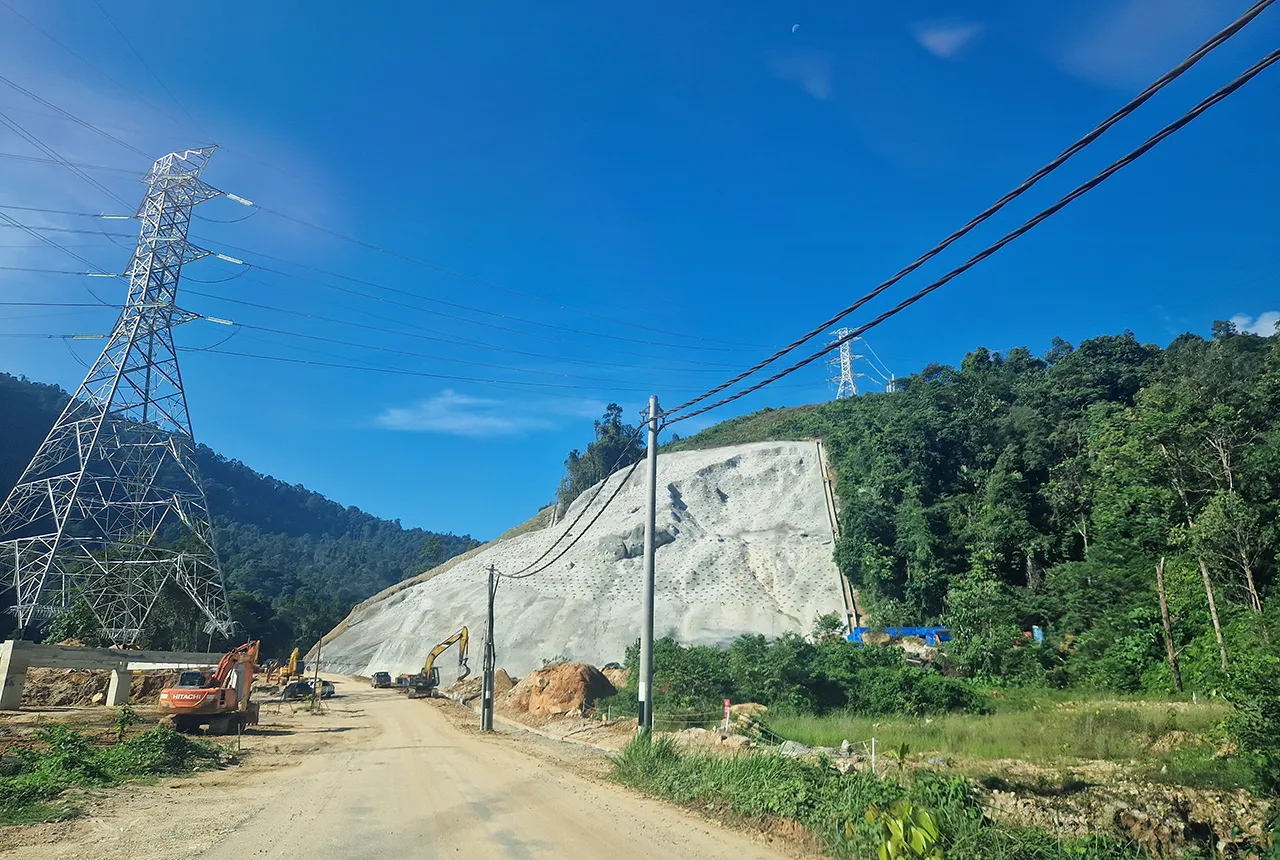
BGS awarded funding to support Malaysia’s climate resilience plan
17/12/2025
The project, funded by the Foreign, Commonwealth & Development Office, will focus on minimising economic and social impacts from rainfall-induced landslides.
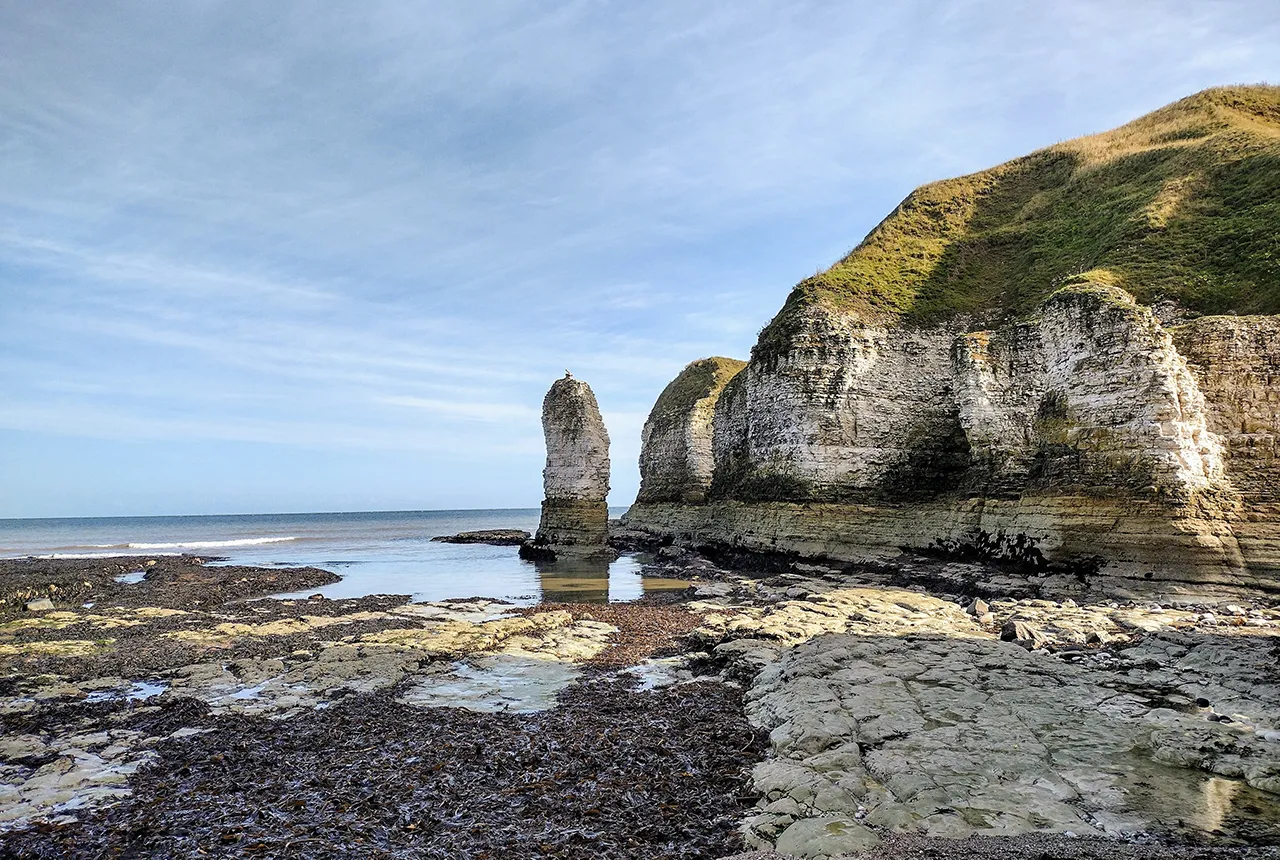
New geological maps of the Yorkshire Wolds to better inform groundwater management and policy decisions
17/12/2025
The new mapping provides crucial data on localised geological issues that may assist in protecting water supplies.
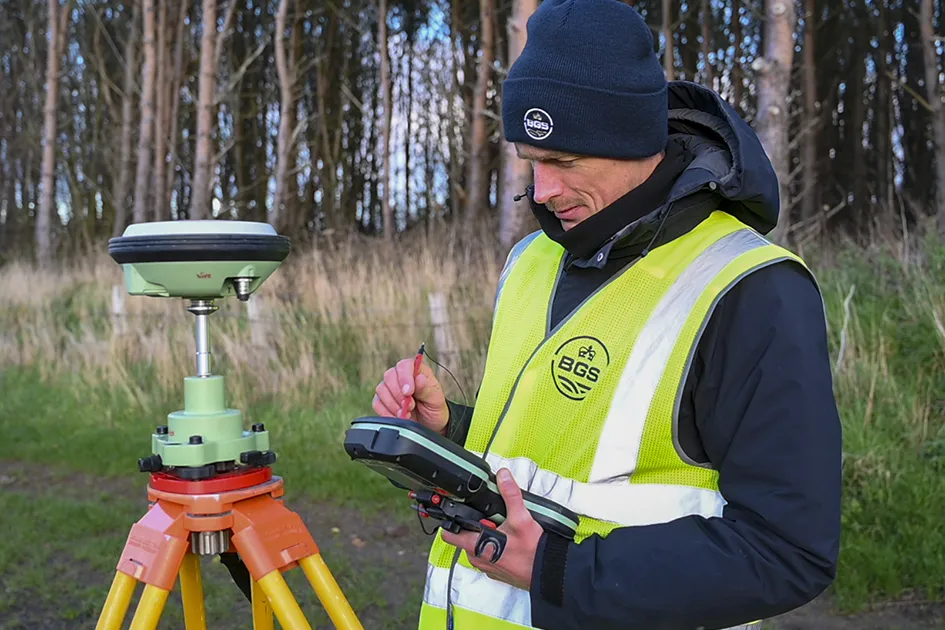
‘Three norths’ set to leave England and not return for hundreds of years
12/12/2025
The historic alignment of true, magnetic, and grid north is set to leave England, three years after they combined in the country for the first time since records began.

BGS agrees to establish collaboration framework with Ukrainian government
11/12/2025
The partnership will focus on joint research and data exchange opportunities with Ukrainian colleagues.
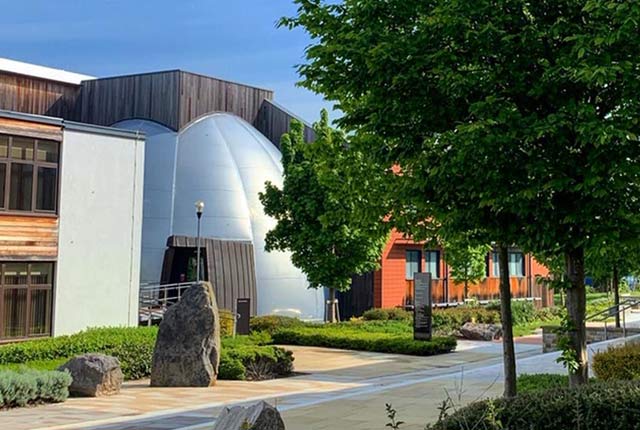
Making research matter: BGS joins leading research organisations in new national initiative
10/12/2025
A new alliance of 35 organisations has been formed that is dedicated to advancing science for the benefit of people, communities, the economy and national priorities.

New 3D model to help mitigate groundwater flooding
08/12/2025
BGS has released a 3D geological model of Gateshead to enhance understanding of groundwater and improve the response to flooding.
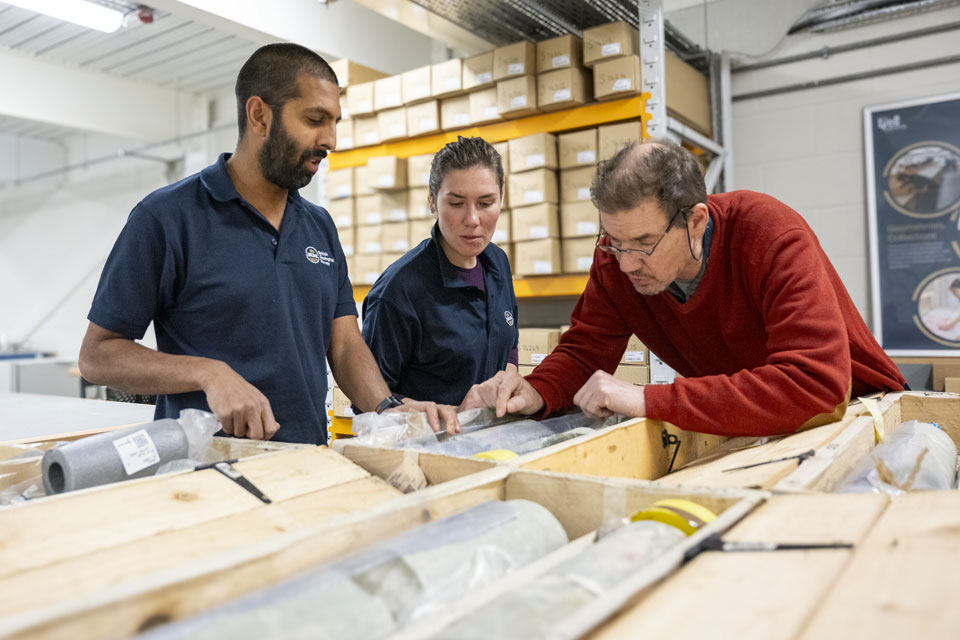
Scientists gain access to ‘once in a lifetime’ core from Great Glen Fault
01/12/2025
The geological core provides a cross-section through the UK’s largest fault zone, offering a rare insight into the formation of the Scottish Highlands.
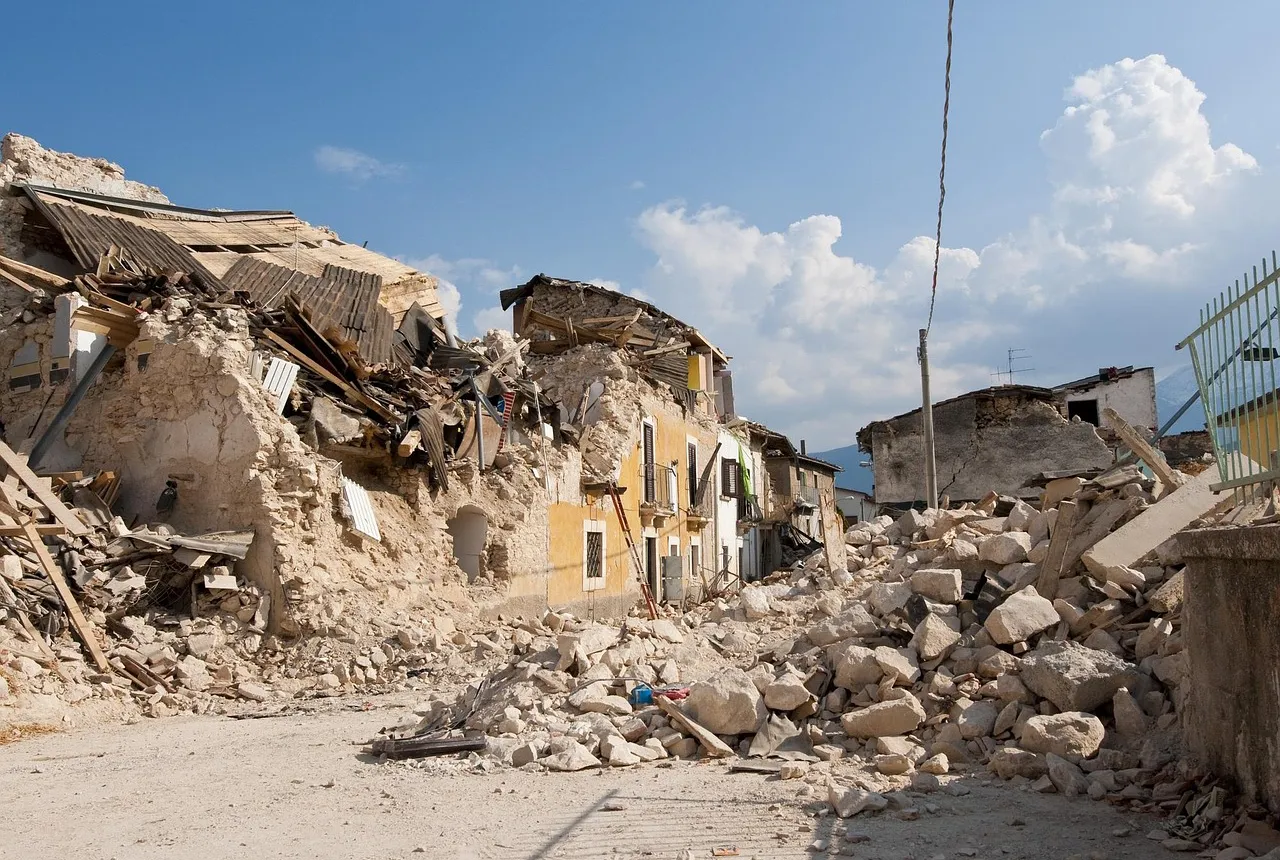
New research shows artificial intelligence earthquake tools forecast aftershock risk in seconds
25/11/2025
Researchers from BGS and the universities of Edinburgh and Padua created the forecasting tools, which were trained on real earthquakes around the world.
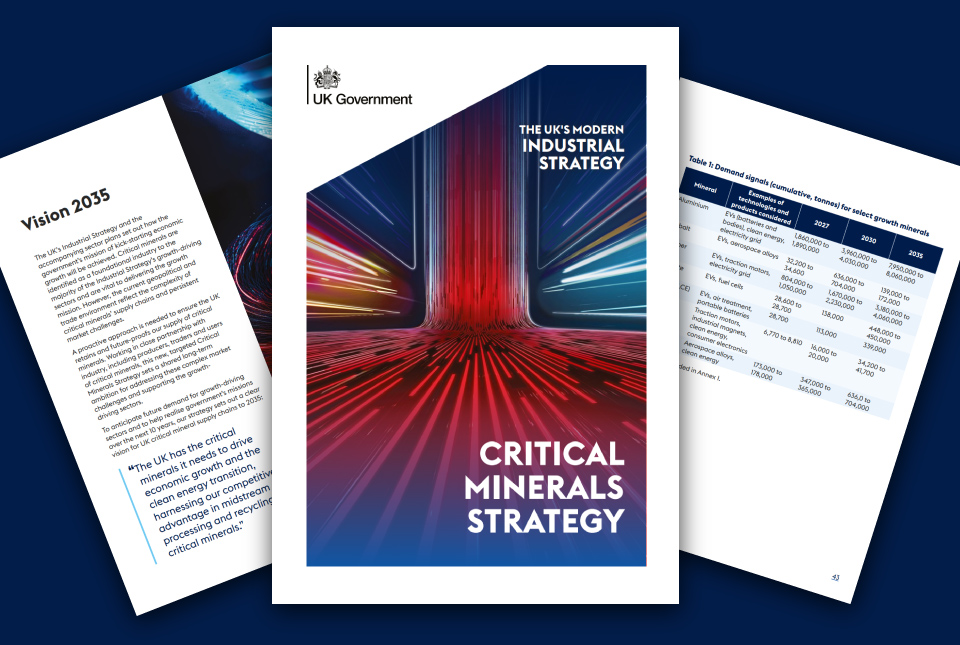
BGS welcomes publication of the UK Critical Minerals Strategy
23/11/2025
A clear strategic vision for the UK is crucial to secure the country’s long-term critical mineral supply chains and drive forward the Government’s economic growth agenda.
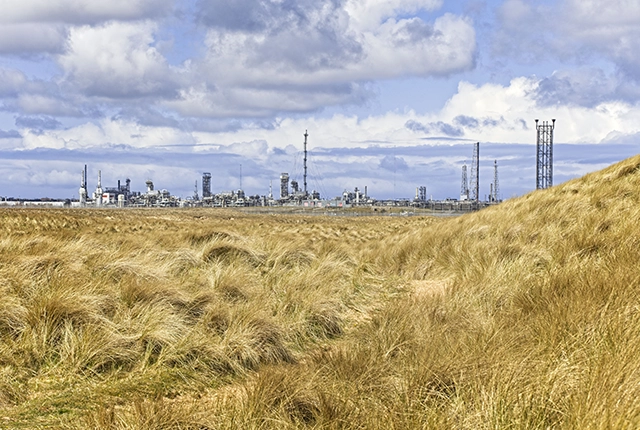
New funding awarded for UK geological storage research
21/11/2025
A project that aims to investigate the UK’s subsurface resource to support net zero has been awarded funding and is due to begin its research.

UK braced for what could be the largest solar storm in over two decades
12/11/2025
Intense geomagnetic activity could disrupt technology such as communication systems, global positioning systems and satellite orbits.
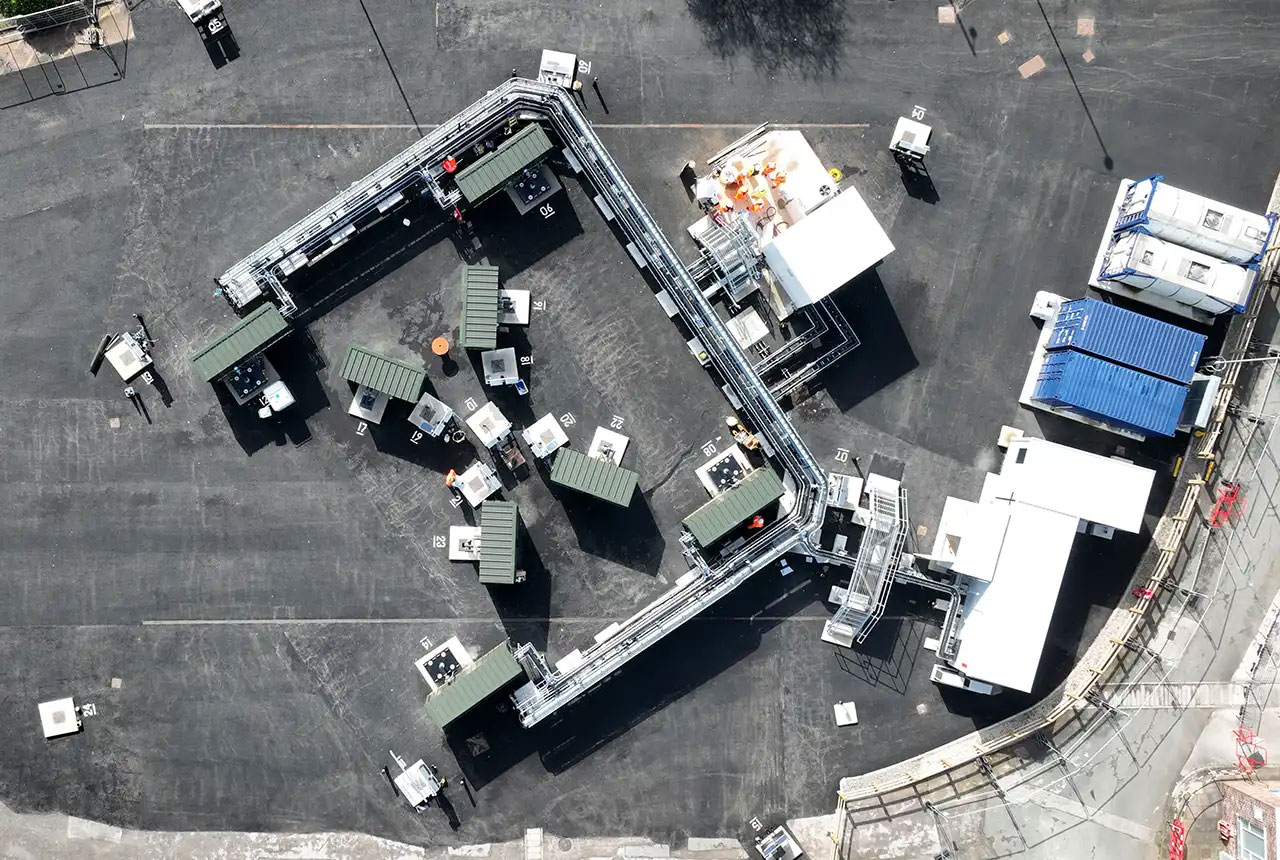
First distributed acoustic sensing survey completed at UK Geoenergy Observatory
12/11/2025
New research at the Cheshire Observatory has shown the potential for mapping thermal changes in the subsurface using sound waves.




